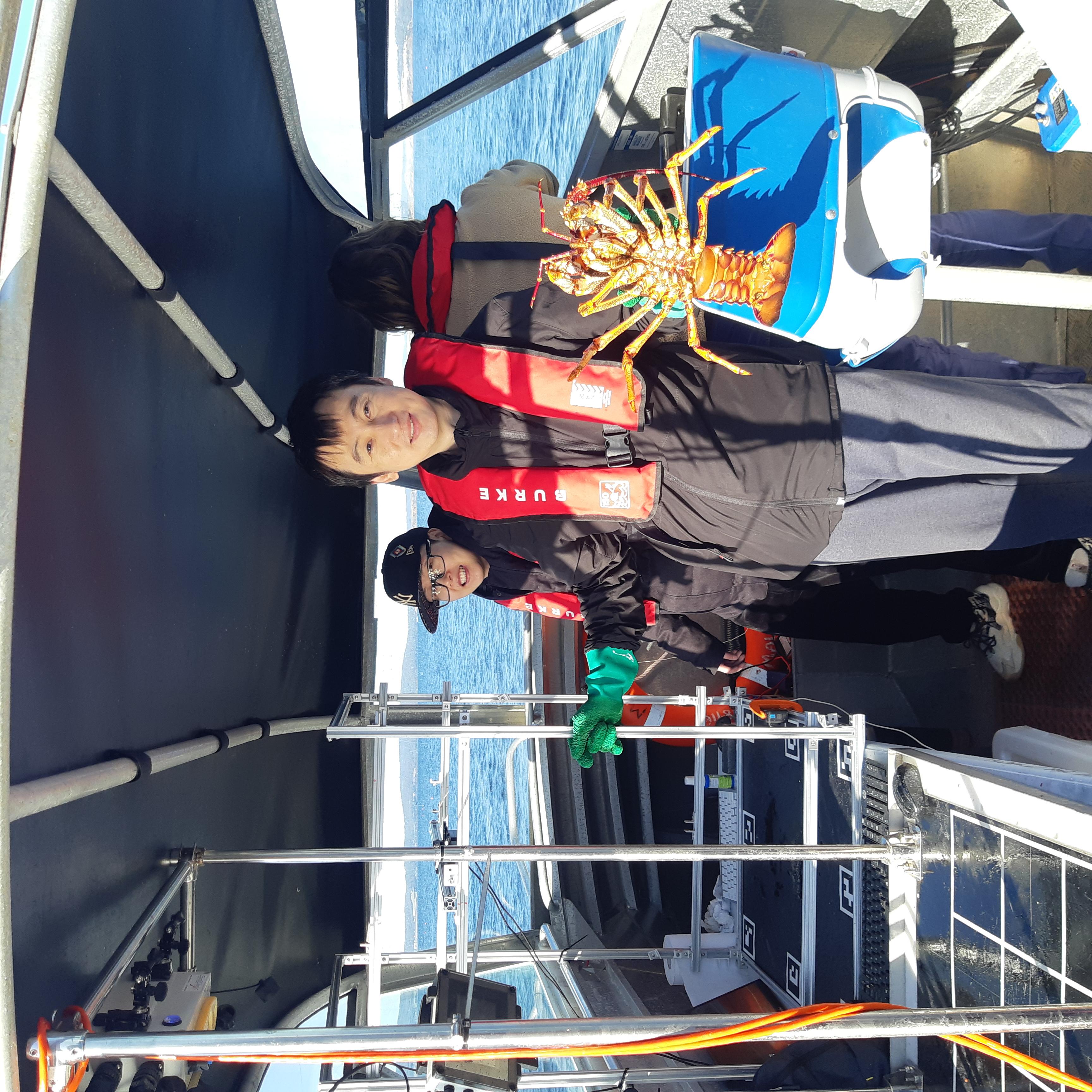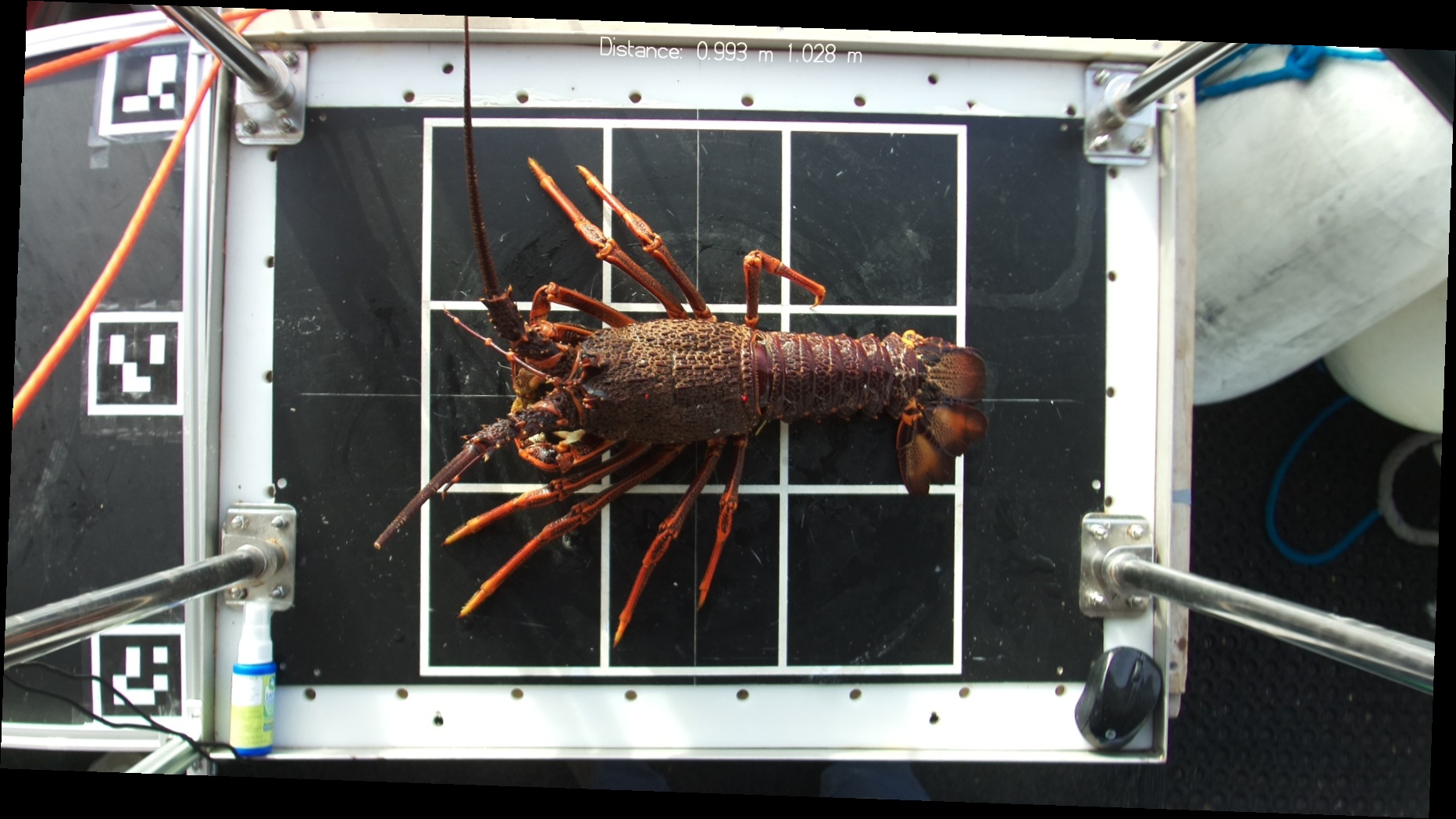
IMAS researchers have been able to identify individual Southern Rock Lobster through a new image recognition method, with this ‘photo-tagging’ technique set to help estimate Giant Crab growth rates that inform stock assessments and fishery management.
Our rock lobster research is informing a Giant Crab project that involves developing this image recognition method through artificial intelligence (AI) to identify crabs through their carapace (upper shell) colour patterns.
These patterns, which are like unique fingerprints, will assist with estimating crab growth rates as researchers can identify the same individual and compare its size before and after moulting.
However, a Giant Crab’s moulting cycle may last several years, which makes taking photographs pre and post-moult challenging within a project timeframe. In contrast, Southern Rock Lobsters shed their old shell more frequently.
Since October 2022, our researchers have been testing the image recognition method on these rock lobster off Crayfish Point at Taroona, near Hobart.
 Their goal has been to identify individuals through spine patterns on their carapace, which is made possible by an AI algorithm. It’s the same technology that’s used for facial recognition in humans.
Their goal has been to identify individuals through spine patterns on their carapace, which is made possible by an AI algorithm. It’s the same technology that’s used for facial recognition in humans.
“So far, the results for the rock lobster component of this project are promising,” said IMAS ecosystem modeller and lead investigator, Dr Scott Hadley. “We’ve reached a high rate of accurate rock lobster identification through the images captured.
“If we can prove this image recognition method, we’ll adapt the technique to estimate Giant Crab growth rates through a long-term program in collaboration with commercial crab fishers.
“Growth rate estimates are critical in assessing crustacean stocks, including Giant Crabs. These estimates will enable us to run a Giant Crab assessment model to evaluate biomass, generate stock projections, evaluate management decisions – such as varying future catch levels – and ultimately make better-informed stock management decisions.”
Find out more about the Giant Crab project here.

This project was supported by funding from the Fisheries Research and Development (FRDC) on behalf of the Australian Government. It is a collaboration between IMAS, the FRDC, the Victorian Fisheries Authority and the South Australian Research and Development Institute.
Images:
Published 20 September 2023